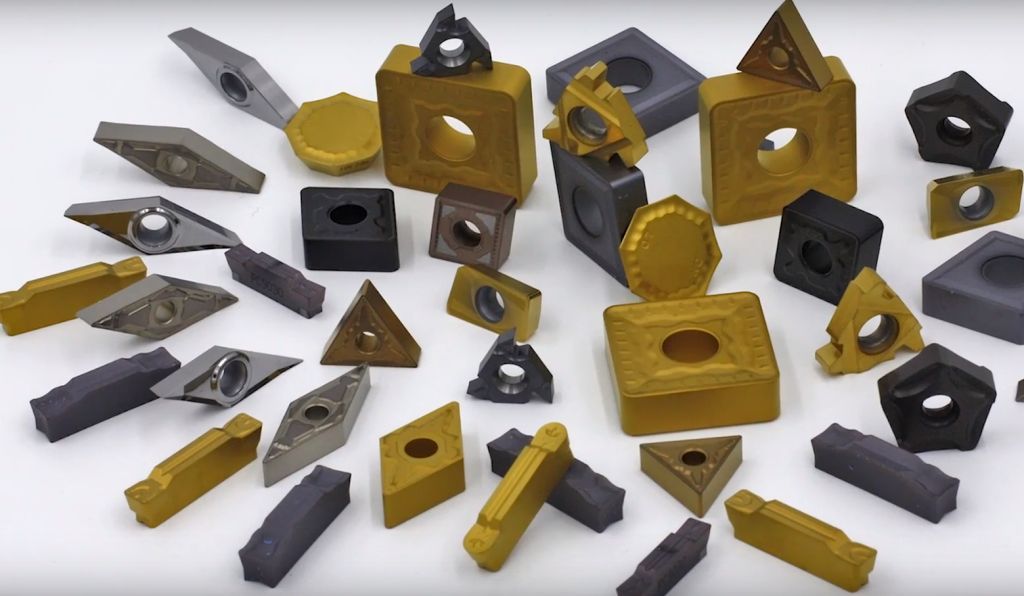


| ,Importer,,Wholesaler,Retailer | |
| Tehran | |
| 66756188 | |
| 021-89771618 | |
| hesam.banitaba@gmail.com | |
A lathe chuck is one of the key components in machining operations, responsible for holding and rotating the workpiece during the turning process. This component is typically made from hardened alloy steel to ensure resistance against pressure, heat, and friction. Lathe chucks are commonly designed in two types: manual and automatic, and are available in various sizes and jaw configurations usually three or four jaws, depending on the type of machine and the workpiece. In standard three-jaw models, the jaws move simultaneously, which allows for precise centering of the workpiece along the spindle axis. This feature is crucial for maintaining dimensional accuracy in machining.
Structurally, lathe chucks feature a heavy-duty body, hardened jaws, and an internal mechanism—either spiral or gear-driven—that converts the motor torque into synchronized jaw movement. In automatic or hydraulic models, the pressure control system using oil or air plays a vital role in opening and closing the jaws. The internal design must minimize backlash while maximizing stability and vibration resistance. Moreover, ensuring high precision at the jaw contact surfaces increases tool life and guarantees superior surface finish. When selecting and purchasing a lathe chuck, it is essential to review technical specifications such as chuck diameter, clamping force, jaw material, and actuation type manual or hydraulic.
Available in sizes: 63 - 80 - 110 - 130 - 160 - 200 - 250 - 315 - 400 - 500
WEBSITE: Three systems of lathes Iran

The lathe chuck is one of the essential components in metal machining, primarily responsible for securely holding the workpiece during rotation. It is typically manufactured from hardened alloy steel to ensure high resistance against wear, mechanical stress, and elevated temperatures. The internal structure of the chuck includes jaws that move simultaneously or independently, a locking system, and a spiral or gear mechanism that converts motor torque into smooth jaw movement. In terms of operation, lathe chucks are available in manual, pneumatic, and hydraulic models, each chosen based on the application and required precision. Precision in jaw design and internal alignment plays a critical role in reducing vibration, enhancing workpiece stability, and improving the final surface quality. When purchasing a lathe chuck, it is essential to consider key parameters such as chuck diameter, clamping force, body material, and actuation type to ensure accurate and reliable selection.